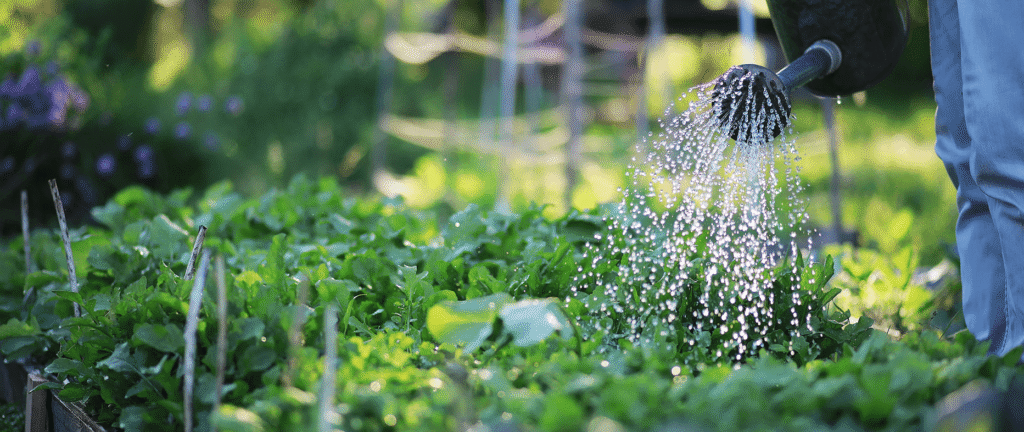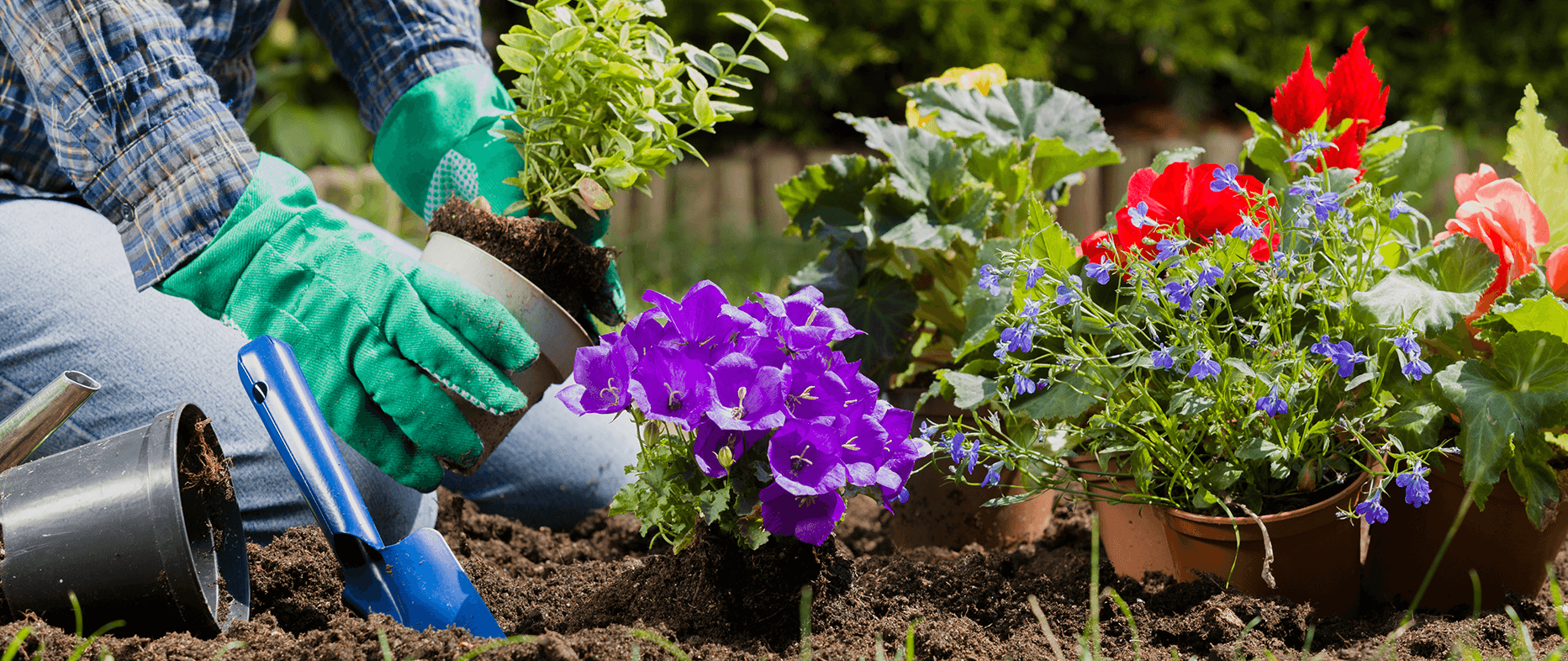Crop mixing, also known as intercropping, and an integrated approach to gardening or farming, are sustainable and often more productive methods than monoculture. Let’s delve into these concepts and how you can apply them in your South Bengal garden.
Crop Mixing (Intercropping): The Benefits of Planting Together
Crop mixing involves growing two or more crops nearby during the same growing season. This practice can offer numerous advantages:
- Improved Resource Utilization: Different plants have varying needs for nutrients, water, and sunlight. When chosen wisely, they can utilize resources more efficiently, reducing competition. For example, a deep-rooted plant alongside a shallow-rooted one can access different levels of soil moisture and nutrients.
- Pest and Disease Control: Certain plants can repel pests or confuse them, protecting neighboring crops. For instance, marigolds are known to deter nematodes and some other pests. Similarly, planting aromatic herbs like basil near tomatoes can repel tomato hornworms. Mixed planting can also create a more diverse environment, making it harder for specific diseases to spread rapidly.
- Weed Suppression: A dense canopy formed by intercropped plants can help shade the soil, inhibiting weed growth.
- Increased Yield: In many cases, the total yield from an intercropped area can be higher than the sum of the yields if each crop were grown separately on the same area.
- Soil Health Improvement: Some intercropping combinations can improve soil structure and fertility. Legumes, for example, fix atmospheric nitrogen in the soil, benefiting the plants around them.
Risk Reduction: If one crop fails due to pests, diseases, or weather conditions, you still have the other crop(s) to rely on.

Popular Crop Mixing Combinations for South Bengal:
Considering the climate and common crops in South Bengal, here are some beneficial intercropping combinations you can try:
- Maize (or Sorghum) + Legumes (Beans, Cowpea, Groundnut): The tall maize provides support for climbing beans, and legumes fix nitrogen in the soil.
- Tomato + Basil/Marigold: Basil repels tomato hornworms and whiteflies, while marigolds deter nematodes.
- Chilli + Onion/Garlic: Onions and garlic can repel certain chilli pests.
- Okra + Marigold: Similar to tomatoes, marigolds can help with nematode issues in okra.
- Turmeric/Ginger + Legumes (Beans, Cowpea): Legumes can provide shade and improve soil fertility for these spice crops.
- Leafy Greens (Spinach, Amaranth) + Radish/Carrot: Quick-growing radish and carrot can be harvested before the leafy greens fully mature.
The Integrated Approach: A Holistic Gardening Philosophy
An integrated approach to gardening or farming goes beyond just planting different crops together. It emphasizes a holistic system where various practices work together to create a healthy and productive environment with minimal reliance on synthetic inputs. This includes:
- Crop Mixing (as discussed above)
- Organic Soil Management: Building healthy soil through the addition of compost, manure, and green manures. This improves soil structure, water retention, and nutrient availability.
- Water Management: Implementing efficient watering techniques like drip irrigation or mulching to conserve water.
- Natural Pest and Disease Control: Utilizing methods like companion planting, beneficial insects (e.g., ladybugs for aphids), neem oil, and biological controls instead of synthetic pesticides.
- Weed Management: Employing techniques like mulching, hand weeding, and cover cropping to control weeds naturally.
- Rainwater Harvesting: Collecting and storing rainwater for irrigation.
- Integration of Livestock (if applicable): In larger systems, integrating livestock can provide manure and help with pest control (e.g., chickens eating insects).

Care Advice, Manuring, and Other Useful Tips for Crop Mixing and Integrated Systems:
- Planning is Key: Before planting, carefully plan your intercropping combinations, considering the growth habits, nutrient needs, and potential benefits of each plant. Ensure adequate spacing for all crops to thrive.
- Observe Your Garden: Regularly monitor your plants for signs of pests, diseases, or nutrient deficiencies. Early detection allows for timely intervention using organic methods.
- Manuring: Focus on providing your plants with organic matter.
- Compost: Use homemade compost from kitchen waste, garden scraps, and animal manure. It’s a slow-releasing source of nutrients and improves soil structure.
- Well-Rotten Farm Yard Manure (FYM): Another excellent source of organic nutrients. Ensure it is properly decomposed before application.
- Green Manures: Grow specific crops like dhaincha or sunhemp and then incorporate them into the soil to improve fertility. This can be done in between main cropping cycles.
- Liquid Manures: Prepare liquid fertilizers from cow dung, vermicompost, or fermented vegetable scraps. These provide readily available nutrients to plants. Apply diluted liquid manure every 2-3 weeks during the growing season.
- Mulching: Apply a layer of organic mulch (e.g., straw, dried leaves, coconut coir) around your plants. This helps retain soil moisture, suppress weeds, regulate soil temperature, and eventually decompose to add nutrients.
- Watering: Water deeply when needed, but avoid overwatering, which can lead to root rot and fungal diseases. The frequency will depend on the season and the type of crops you are growing.
- Sunlight: Ensure all your intercropped plants receive adequate sunlight. Consider the height and shading potential of different crops when planning your layout.
- Support: Provide support for climbing plants like beans, tomatoes, and gourds using stakes, trellises, or netting. This improves air circulation and makes harvesting easier.
- Harvesting: Harvest crops at the right time to encourage continuous production in some cases. For example, regularly picking beans or chillies can stimulate more flowering and fruiting.
- Seed Saving: If you are using open-pollinated or heirloom varieties, consider saving seeds from your healthiest plants for the next season. This promotes self-sufficiency and adaptation to your local conditions.
- Learn and Adapt: Gardening is a continuous learning process. Observe what works well in your garden and adapt your practices accordingly. Talk to experienced gardeners in your community for valuable local insights.
By embracing crop mixing and an integrated approach, you can create a more resilient, productive, and environmentally friendly garden in South Bengal, enjoying a continuous harvest of fresh produce and a vibrant display of flowers.
